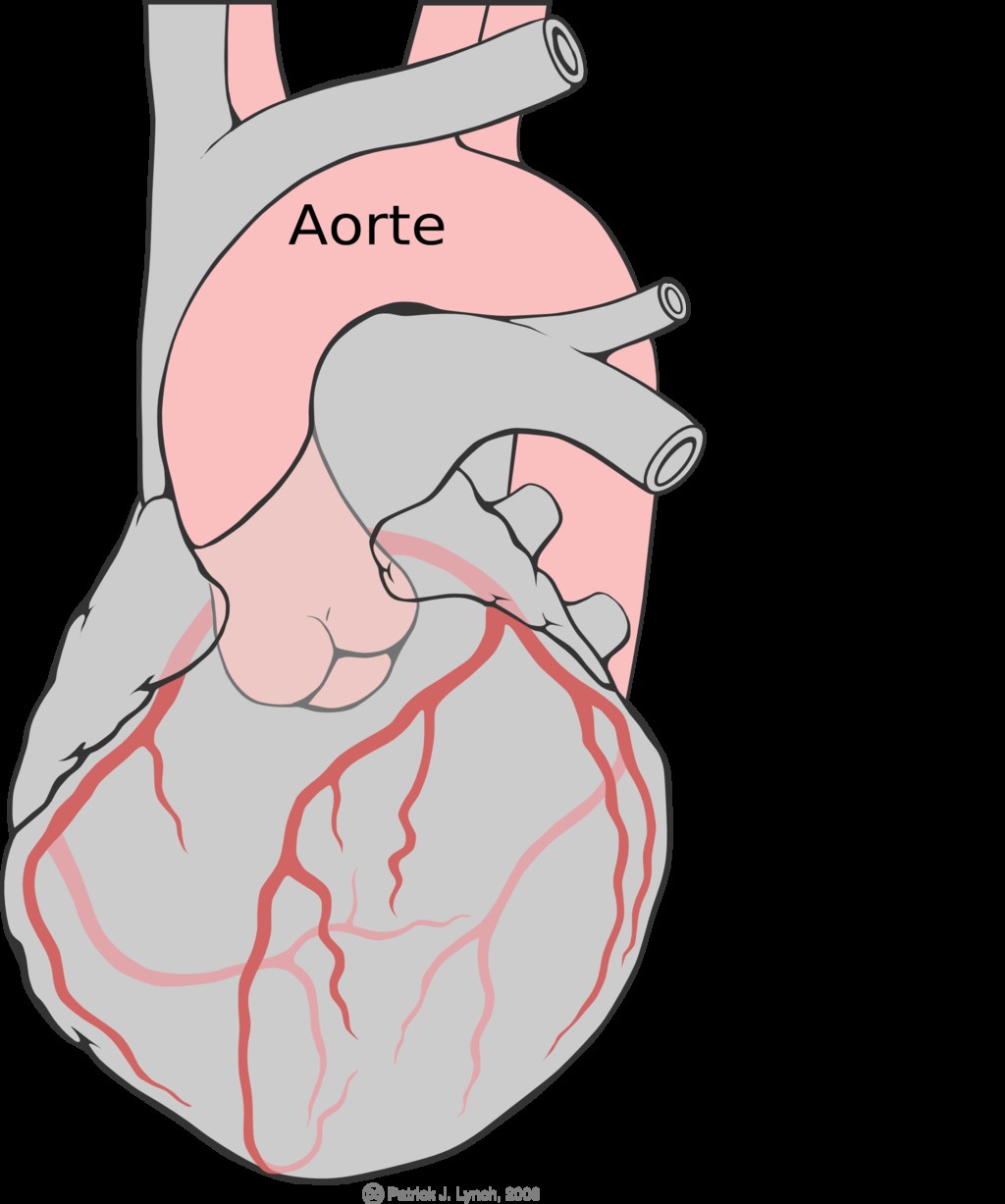"Heart attack" and "cardiac arrest" are these two terms that are often used interchangeably, probably because they both imply a malfunction of the heart. However, they refer to different medical events. Let's take stock.
Coronary arteries are arteries that cover the surface of the heart. They are the ones that make it possible to irrigate it with blood, and therefore to nourish the heart muscle (myocardium). A distinction is made between the left coronary artery and the right coronary artery, and both originate in the aorta. However, heart attacks occur when one of these arteries is blocked . Blockages are usually caused by accumulations of fat, most commonly bad cholesterol.
If this blockage is not removed quickly, the cells in the affected area, deprived of oxygen for too long, will eventually die. The extent of tissue damage varies with the duration of this oxygen supply interruption. Some lesions may be benign, while others are serious or irreversible. In some cases, the heart attack can be fatal .
As for symptoms, in both men and women, discomfort and chest pain are the most common. However, it should be noted that some symptoms can be immediate and intense (tightness, intense pain in the chest), while others can occur over time, up to weeks before an actual heart attack. Also, some people will not experience any chest pain, especially women, the elderly, and diabetics. The crisis can then manifest itself by malaise, sudden shortness of breath, unexplained fatigue or even unusual sensations in the left arm.
If you have these symptoms or even in case of doubt, do not hesitate to call 15 (SAMU) or ask someone to do so. Then stop all activity and place yourself in the position in which you are most comfortable while waiting for help.

Cardiac arrest is caused by an electrical malfunction of the heart which produces an arrhythmia (an irregular heartbeat). Due to this disturbance, the anarchic contraction of the heart no longer allows blood to be pumped properly. Blood flow (and therefore oxygen) to the brain, lungs and other organs is therefore disturbed.
Unlike a heart attack (also called a myocardial infarction), cardiac arrest occurs suddenly and often without warning . Symptoms include dizziness, loss of consciousness and shortness of breath. Cardiac arrest is when the victim loses consciousness, falls down and does not react when spoken to or stimulated, or when their breathing is non-existent or very irregular.
Victims of cardiac arrest can die within minutes without treatment. How to react ? Here is HENRY's tutorial, funny and atypical, offered by the French Red Cross: